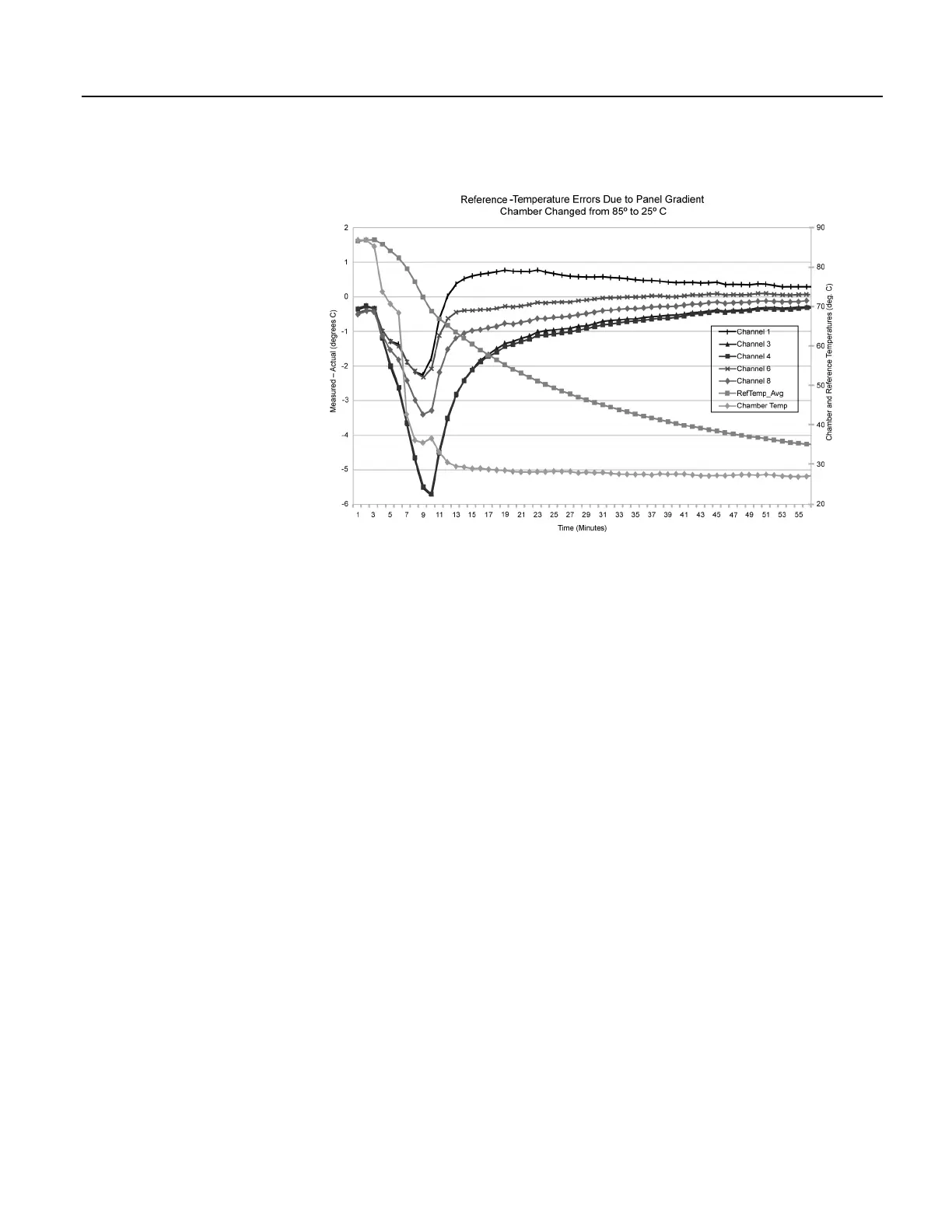Figure 88. Panel-Temperature Gradients (high temperature to low)
Thermocouple Limits of Error
The standard reference that lists thermocouple output voltage as a function of
temperature (reference junction at 0°C) is the NIST (National Institute of
Standards and Technology) Monograph 175 (1993). ANSI (American National
Standards Institute) has established limits of error on thermocouple wire which is
accepted as an industry standard (ANSI MC 96.1, 1975). Table Limits of Error for
Thermocouple Wire
(p. 331) gives the ANSI limits of error for standard and special
grade thermocouple wire of the types accommodated by the CR1000.
When both junctions of a thermocouple are at the same temperature, no voltage is
generated, a result of the law of intermediate metals. A consequence of this is that
a thermocouple cannot have an offset error; any deviation from a standard
(assuming the wires are each homogeneous and no secondary junctions exist) is
due to a deviation in slope. In light of this, the fixed temperature-limits of error
(e.g., ±1.0 °C for type T as opposed to the slope error of 0.75% of the
temperature) in the table above are probably greater than one would experience
when considering temperatures in the environmental range (i.e., the reference
junction, at 0°C, is relatively close to the temperature being measured, so the
absolute error — the product of the temperature difference and the slope error —
should be closer to the percentage error than the fixed error). Likewise, because
thermocouple calibration error is a slope error, accuracy can be increased when
the reference junction temperature is close to the measurement temperature. For
the same reason differential temperature measurements, over a small temperature
gradient, can be extremely accurate.
To quantitatively evaluate thermocouple error when the reference junction is not
fixed at 0°C limits of error for the Seebeck coefficient (slope of thermocouple
voltage vs. temperature curve) are needed for the various thermocouples. Lacking
this information, a reasonable approach is to apply the percentage errors, with
perhaps 0.25% added on, to the difference in temperature being measured by the
330

